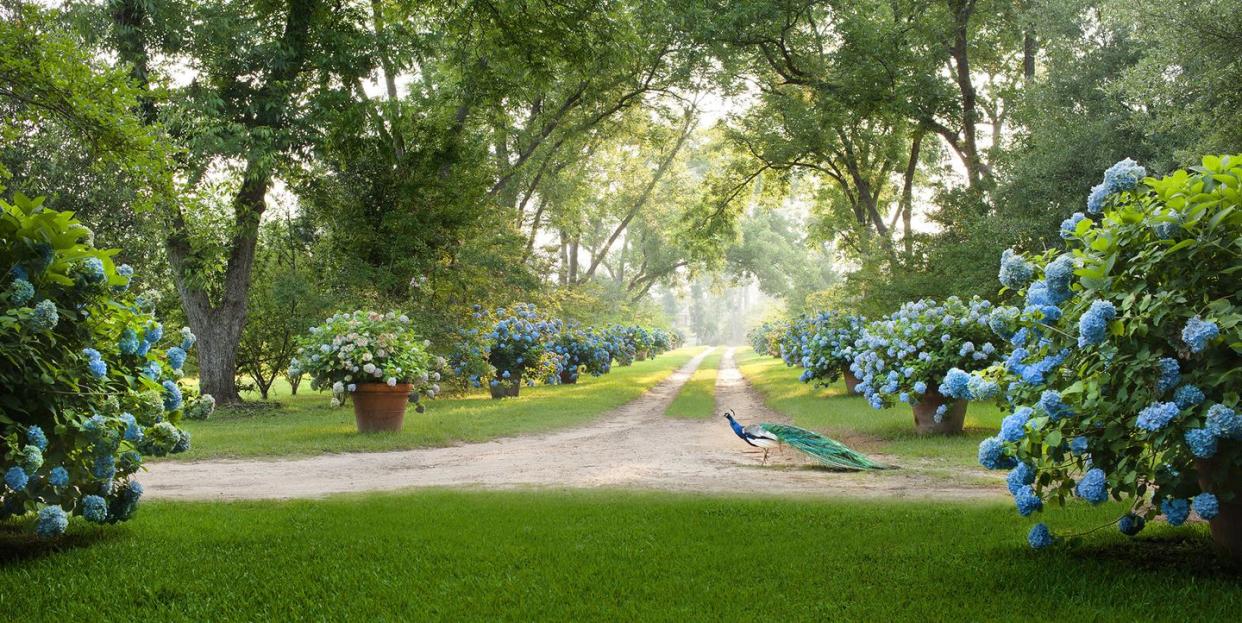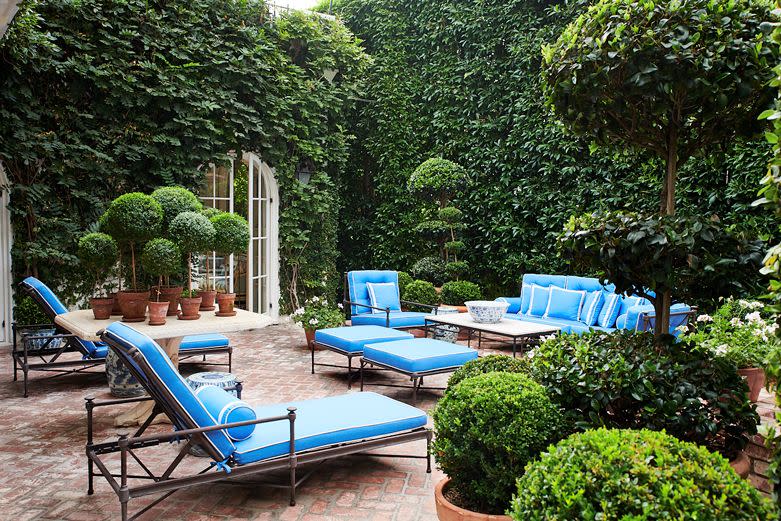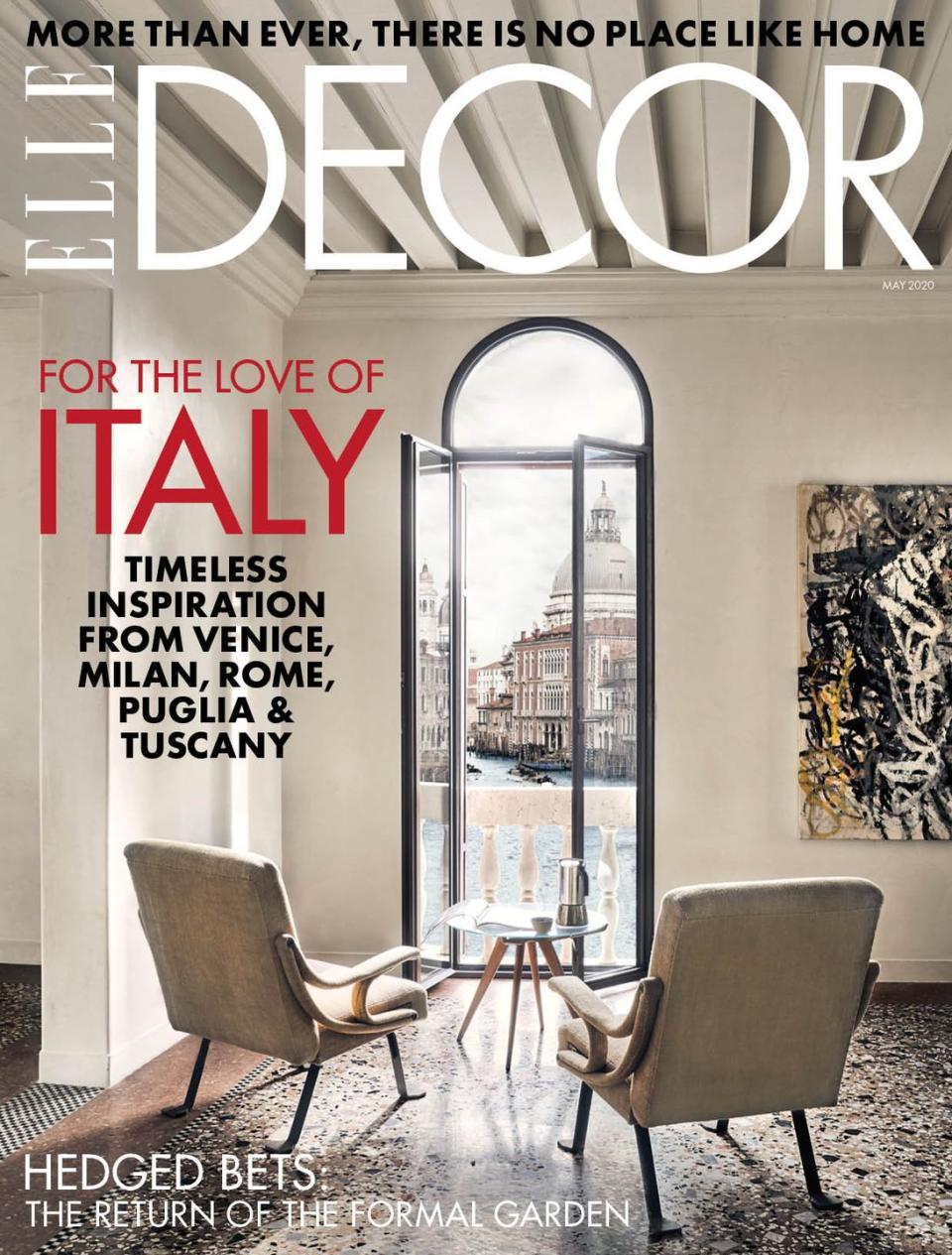Yes, You Too Can Have a Formal Garden, No Matter Where You Live

For some gardeners, the sparkling first days of spring bring dreams of digging in a multitude of seeds that will blossom with a riot of color. For more and more of the garden-obsessed, however, it is a time to double down on a larger landscape plan focused on creating a cohesive outdoor experience that plays up sculpture and geometry.

“It’s the art of garden design versus just putting a lot of plants in a bed,” says the famously green-thumbed designer Bunny Williams, who has spent the past 30 years fine-tuning the garden at her country home in Falls Village, Connecticut, where crisply clipped hedges and geometric accents reign supreme. “Good garden design starts with structure. It’s about creating forms and spaces that have an order to them.”
After years of more laissez-faire gardening, where a mishmash of plants are left to grow wild and shaggy, many designers and gardeners are now returning to more orderly compositions of green based on clean lines, topiaries, and architectural appeal. In many cases, they are building on the grand French gardens of centuries past.

“I’m seeing a huge increase in clients asking for the aspects of a formal garden,” says designer Timothy Corrigan, who not only has French-inspired gardens at his Los Angeles home, but has also nurtured multiple ailing French châteaus—and their expansive gardens—back to health. “In this period when we’re feeling so overwhelmed by the world around us, we are craving that sense of order and structure,” he says. “These gardens use a limited palette of plants that are repeated over and over again. You might have boxwood, for instance, that is repeated as globes, cones, and topiaries.”
Of course, bringing more order to the garden doesn’t mean it has to be old-fashioned. A less-is-more approach has always been a guiding tenet of modernism, and many of the principles that grow out of formal French gardens are perfectly at home in the contemporary landscape.

“It’s all about organization, clean lines, and simple layers,” says Keith Williams, a partner at the landscape architecture firm Nievera Williams, whose book The Graphic Garden (Pointed Leaf Press) will be published in fall 2020. “I like using plants and trees to create compositions that are like art or sculpture,” he says, whether it’s a Piet Mondrian–esque grid of pavers and grass or a living wall with Edvard Munch–style undulations.
An edited approach to gardening can also be used to design outdoor spaces that require only a minimum of resources to maintain. “The cleaner and more modern your garden is, the easier it is to create something sustainable,” Williams says.

The focus on more sustainable gardens with thoughtful plants and materials is a prominent concern among designers working in vastly different styles, says Carl J. Dellatore, the editor of Garden Design Master Class, a new book from Rizzoli featuring essays from 100 of the world’s top landscape designers. In between sections focused on such topics as balance, rhythm, and scale, Dellatore says, “the one thing the designers discuss, more than anything else, is this concern with sustainability and choosing plants that aren’t as taxing to the environment due to requiring frequent watering and pesticides.”
The renewed emphasis on structure and geometry can also be deployed at a smaller scale, including in urban apartments. “This winter, a dear friend built me a window box out of reclaimed wood, and I filled it with mini topiaries,” says New York City–based landscape artist Lily Kwong, who once installed a temporary labyrinth on Manhattan’s High Line and now crafts vignettes of sculptural spruce and juniper for pint-sized city gardens. “Even though it was small, it gave me a big smile every time I came home.”
After all, one of the prime reasons for gardening is to create a place of refuge. “You can’t control what’s going on in the world,” Corrigan says. “But you can control your garden.”

This story appeared originally in the May 2020 issue of ELLE Decor. SUBSCRIBE
Produced by Laurel J. Benedum
You Might Also Like

